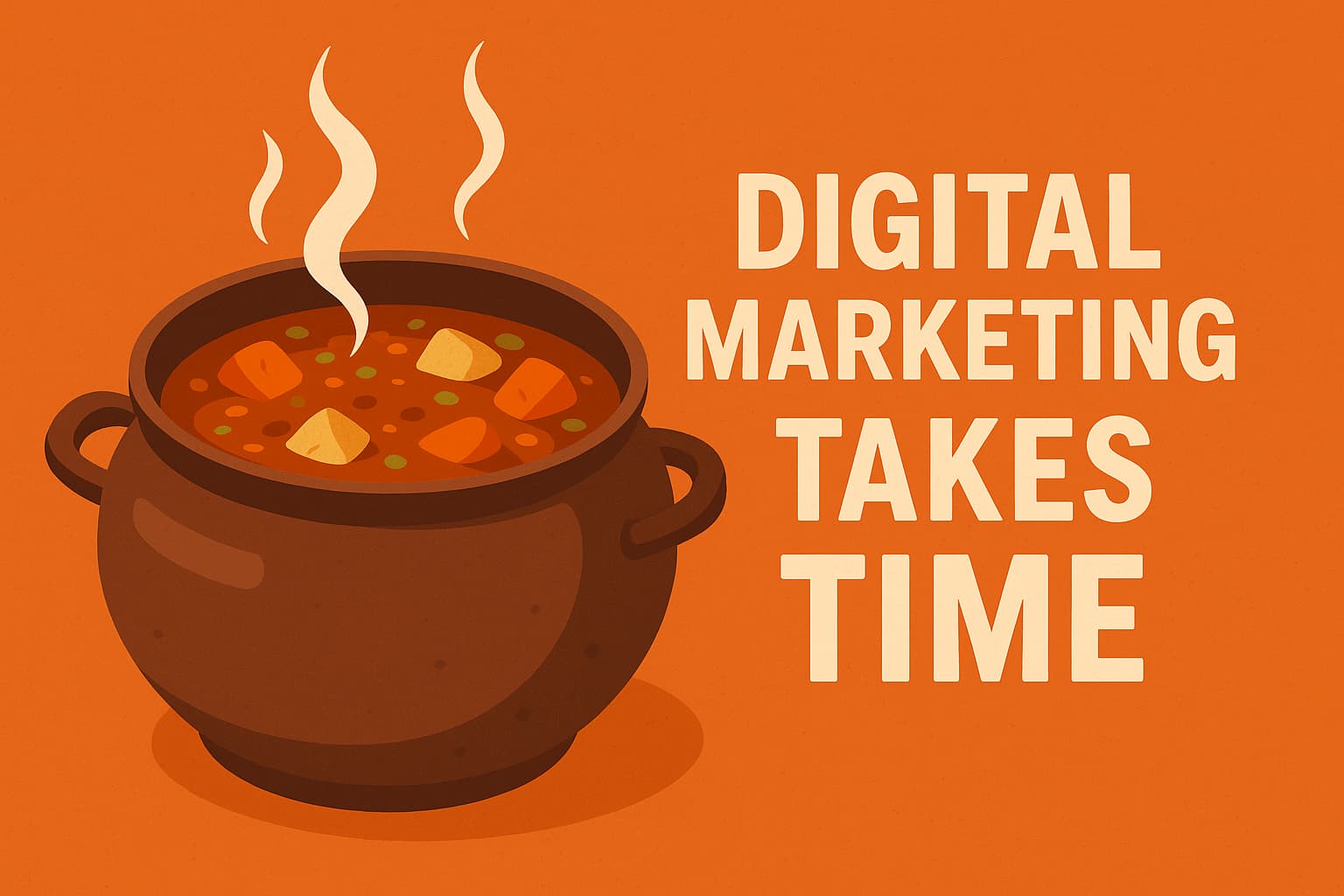Stories are what drive the world. They inspire passion and progress, fuel empires and myths, and rouse wonder and war.
They can also be used in marketing. But before you learn how to use stories, you should learn when to avoid them. If you know the rules, you can learn how to break them.
When To Not Use A Story
Let’s say you go online in search of a recipe for mashed potatoes with a cheese twist. Instead of being greeted by the recipe, you’ll occasionally see a 2000-word narrative from the author about their father’s cousin’s potato farm in P.E.I, with the recipe being buried all the way at the bottom (or worse, it might be scattered through the text, and you need to read through all of it to slowly piece together the ingredients and instructions).
The core content is the recipe. Your story shouldn’t be interfering with peoples’ access to that recipe. Since some people do enjoy recipe stories, one possible solution is to place the recipe at the top of the page or in a separately scrolling side column. But if your audience doesn’t come for the story, then why do you have it? Why do you need it? The important part is your product. If a story doesn’t help promote it, don’t try to force one in.
Making Your Story The Product
Stories, as amazing as they are, also have the potential to bore people if not done properly. They have to be interesting and engaging, and there needs to be a purpose. Why are you including a story? Take a look at this hiking article. Hiking and camping related articles are generally quite good at incorporating story because they make the story into the product. Pictures are scattered throughout. There are instructions on what to bring, what dangers, challenges, and obstacles lie ahead, and useful tips. Each section is quite short, and the table of contents makes finding and accessing specific information quite easy.
Remember, the article’s product isn’t the mountains, it’s the article. The author has augmented the article’s value by giving it some narrative along with the facts. Children’s cereal commercials are another excellent example. They market cartoons, jingles, and children’s imaginations, and combine those ideas with the identity of their product.
Take tourism. Let’s say there’s an area in the badlands with plenty of ghost towns. People are going to come for the ghosts – the stories. If most tourists are going somewhere for the sights, offer history or tour guides to complement it. If you’re attracting an older audience for a region’s history and want to draw a younger audience in, talk about life today.
Using Story For Your Product
Turning your brand into a story does more than make it more appealing. Depending on what it is you’re marketing, people will post about it on social media, use it in public, and talk about it to their friends. If it’s a service, they’ll have a magnet on their fridge. Brands already play a prominent role in our lives. Adding stories turns your story into your customers’ stories. You become a part of their personal lives.
A large part of the reason why companies like McDonald’s or Tim Horton’s do so well is because they’ve been so normalised. Timmy’s is often referred to as a Canadian institution, despite not being Canadian-owned for quite a long time. It makes no difference because it has become engrained in society. It’s almost an expectation – how can you not get coffee from Tim Horton’s.
Appeal To Your Audience
You don’t even need to use a traditional story in marketing. All you need is an element, something for your customer base to engage with and relate to. If you’re marketing content outside the states, use metric. Mention locations that people are familiar with. Even small things like calling Alberta AB or Alta can make a difference. Nobody is going to look at your content and see Alta and immediately storm off, but the only place you’ll ever see Alta anymore is in the news. Keep your content as familiar and friendly as possible.
If you’re not familiar with your audience, do your research! A little effort goes a long way, but it goes beyond googling what people like. If you can, get out there and talk to someone. If you’re marketing to Métis people, things like bannock and fiddling are pretty often spoken of, and they will leave an impact, but putting in that effort to dig a little deeper and show something more profound and intimate (such as an outdoor kitchen) will leave quite an impact.
How To Market Fiction
In television and cinema, the story is the product. The most effective way to market it is to show it off, but you can’t ruin your story by revealing it… right? That’s where trailers come in. They’re more than previews – each tells its own fragmented story to promote the movie. That story is typically either incomplete or misleading in order to not spoil too much of the movie, but enough to get you interested. The same goes for books – a synopsis or free chapter gets people excited for the book without really revealing anything too important.
But we’ve all seen a bad trailer. Sometimes it’s because they attempted to compress an entire movie complete with every plot point into a few minutes (and why even see the movie?), or perhaps focused too much on explosions, or maybe expected you to care about characters you’ve never seen before.
The real thing to ask yourself is whether or not your story will help whatever you’re trying to do. Are you a family business? Do you want to trigger nostalgia in a certain audience? Do you want to get kids excited? If the story isn’t helping the product, why is it there?
Recent Posts
Harnessing Google Tag Manager for Better User Insights and Performance Tracking
Unlocking the Power of Google Tag Manager: Simplifying Tracking and Understanding User Behavior Hey there, fellow business owners! If you’re navigating the digital...
AI Max: Transform Your Google Search Ads Strategy Today
Unleashing the Power of AI with Google Ads’ New AI Max Hey there, fellow business owners! If you’re anything like us at Strong...
Patience and Strategy: The True Path to Digital Marketing Success
Let’s get one thing straight: if you think digital marketing is a magic wand that will instantly turn your business into a money-making...


